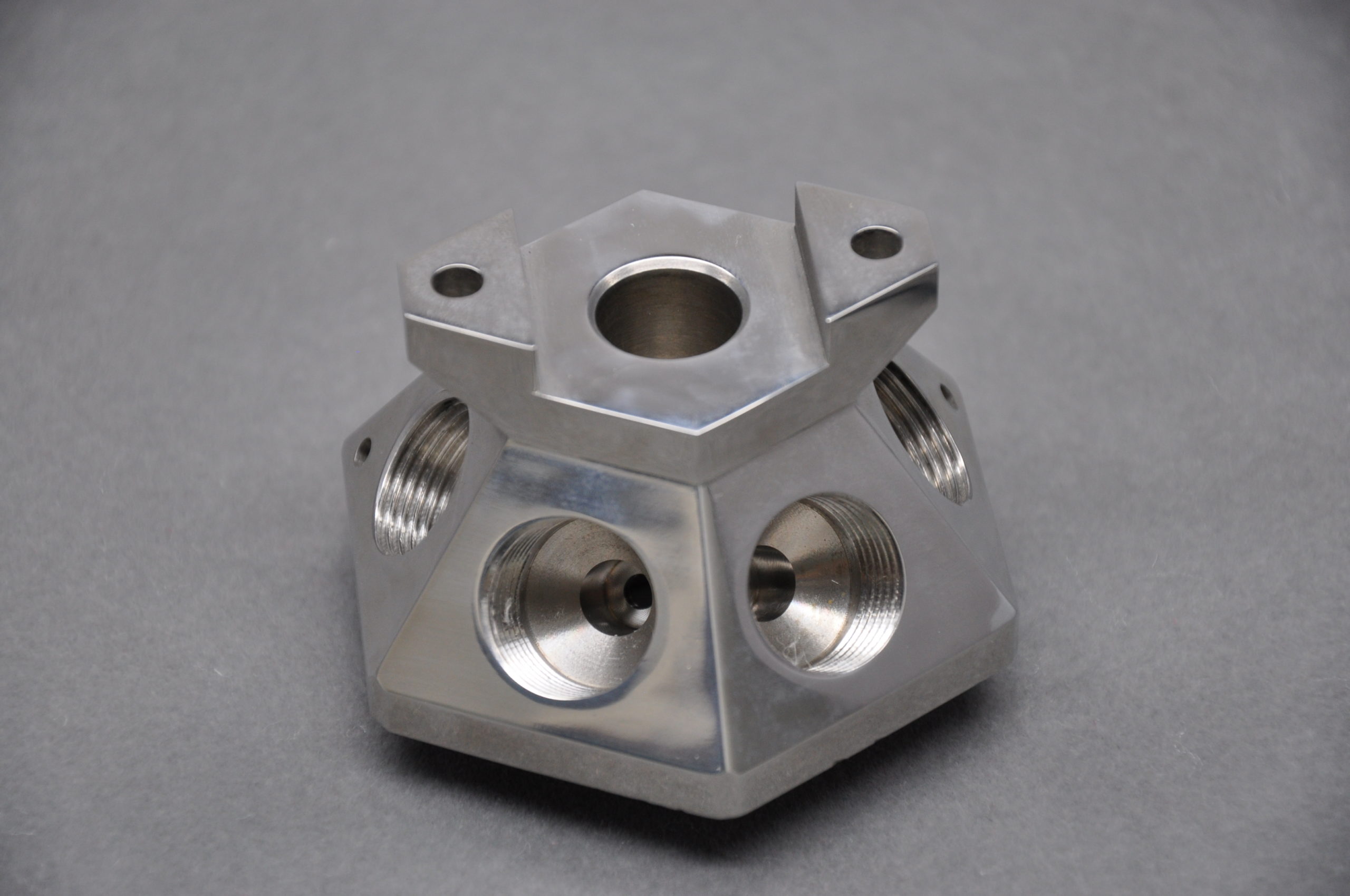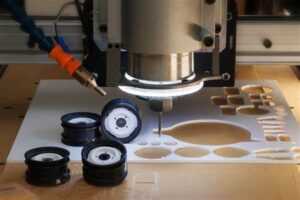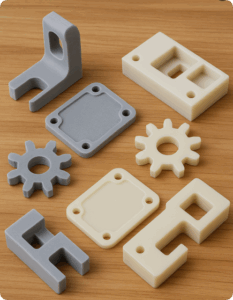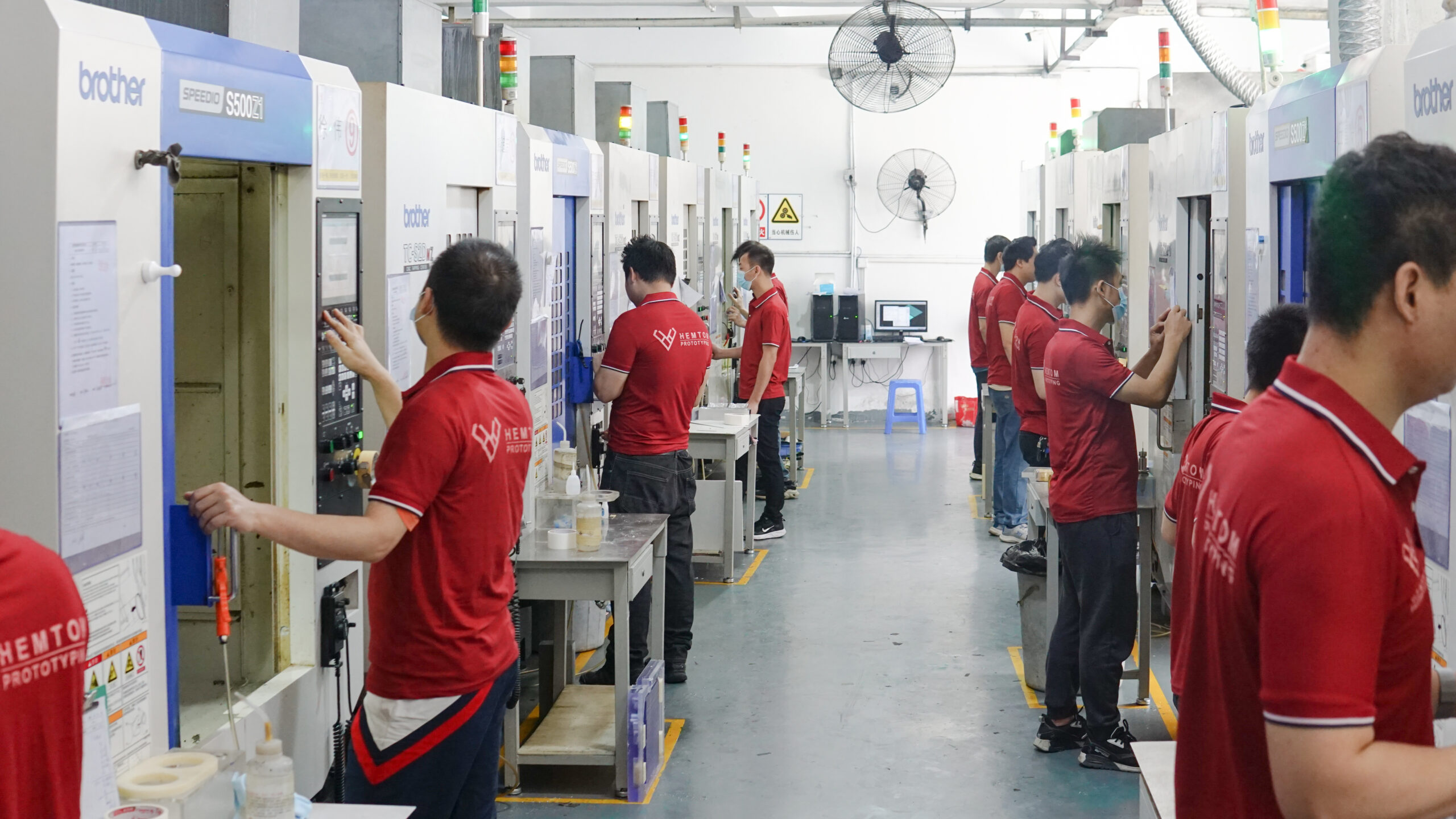Modern businesses are taking advantage of rapid prototyping to capture the consumer market faster than their competition. Low cost and quick results are the main reason why companies are adopting CNC rapid prototyping.
With CNC rapid prototypes, you can churn out prototypes at a very fast pace using computerized equipment with specialized software. The process also allows you to create high-quality components for finished products as well as engineering models.
According to our CNC rapid prototyping experts at Hemtom, this technology can be leveraged at various stages of product design and development for a better end-user product.
Is CNC Machining Accurate?
Using cutting tools that are controlled by computer systems is the best way to achieve high precision levels that no other conventional system can match. CNC rapid prototypes are very accurate, with a tolerance of up to 50 microns or +0.05 mm, which is more than enough for most applications.
Being a computerized system, the accuracy and tolerance are repeatable and consistent over practically unlimited production runs. Some CNC rapid prototyping systems can also provide tighter tolerance with special tools for demanding applications in various domains like automotive or aerospace.
Is CNC Machining Fast Enough?
Industrial usage of CNC machining began in the 1970s, thanks to improved machinery and software suitable for mass production. Technological advancements over the past few decades have made CNC rapid prototyping one of the most reliable and fastest ways to produce complex metal and plastic shapes.
Machines that create CNC rapid prototypes require less time to setup and process design and raw material. Modern CAM and CAD design software helps translate a virtual three-dimensional design into a physical one via a multi-axis mill. This programming only takes a few hours, after which the mill can turn raw materials into CNC rapid prototypes at astonishing speeds in a matter of minutes.
Which Materials Can Be Used with CNC Machines?
It does not matter what material you use with a CNC machine as long as it does not melt or deform due to pressure during the cutting action. CNC machines can be used with any material as long as its rigid enough. This way, CNC rapid prototyping allows you to make several iterations of the same CNC rapid prototypes but with slightly varying visual or mechanical properties. You can create the same design with steel, aluminum, or plastic while only adjusting the speed and other parameters of the machine.
Is It Easy to Make Modifications to a CNC Prototype?
The design of CNC rapid prototypes can be modified easily and quickly by making changes to the G-code program. This is one of the biggest advantages of CNC rapid prototyping as it allows you to test various different iterations of the same design and pick the one that suits your end goals the most. You can keep tweaking the code on the go to refine the design, thus reducing development time and cost.
What Tools are Required for CNC Machining?
Traditional prototype manufacturing methods involved pressure die casting and plastic injection molding using steel alloys. These tools used to take weeks to make and were quite complex. Even the silicone molds used in vacuum casting take a few days to produce. While these approaches can be useful for some projects that require subtle surface textures, most consumer projects requiring mass productions cannot depend on such slow methods.
CNC rapid prototyping does not limit you in any such manner. With CNC machines, as long as you require flatter and smoother surface components, no fixed or special tooling is required to create CNC rapid prototypes. All you need is the hardened inserts used in CNC milling spindles for metal cutting. You can use various types and shapes of cutting inserts to perform different functions. It only takes a few moments to swap and exchange the inserts on an automatic turntable.
CNC rapid prototypes can seem a bit complex for businesses venturing into rapid prototyping or 3D printing for the first time. Our CNC rapid prototyping at Hemtom can help you understand the right CNC machining choices for your applications.
Related reading recommendations:
CNC Machining Parts: Selecting the Right CNC Shop
CNC Prototyping service: Pros and Cons of CNC Machining




